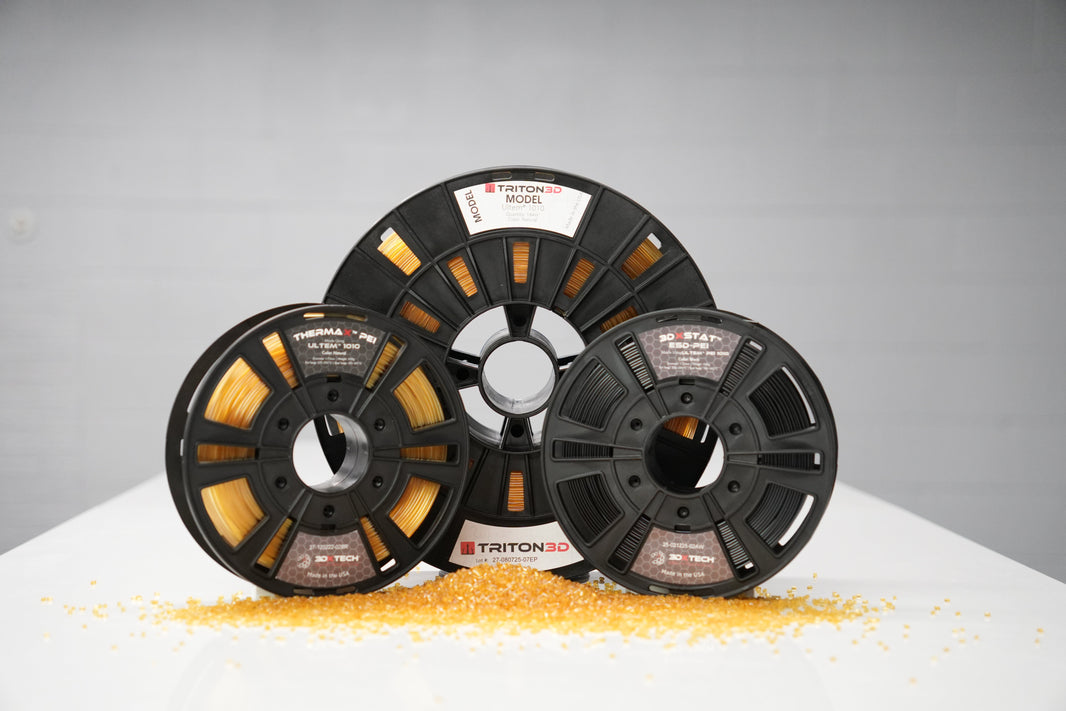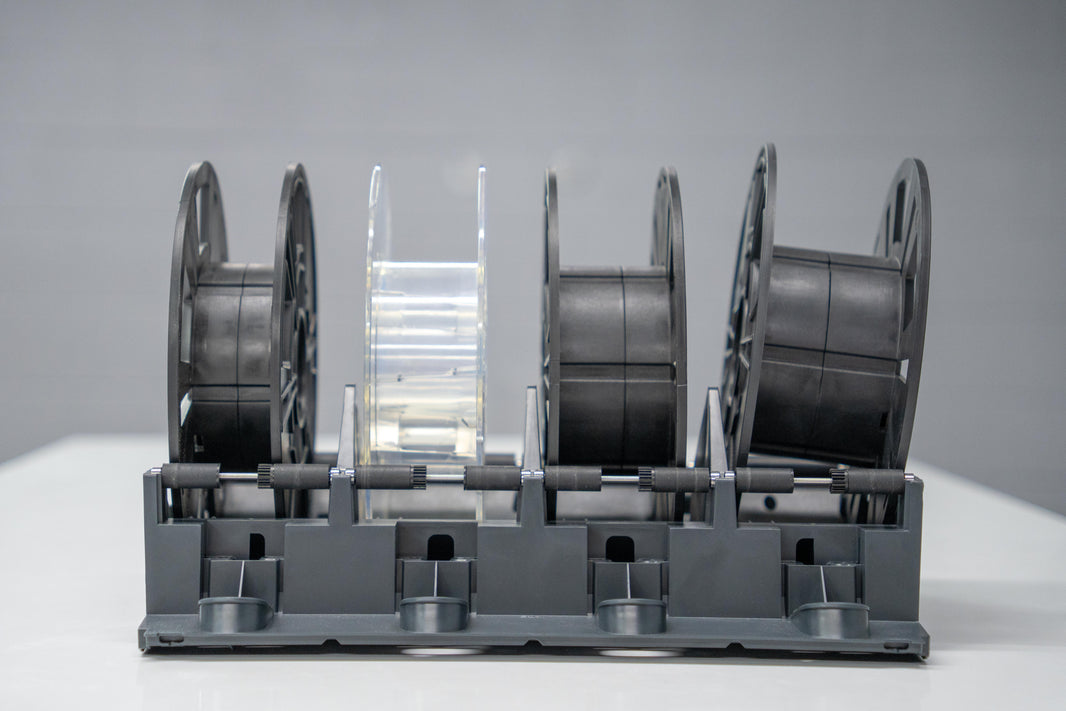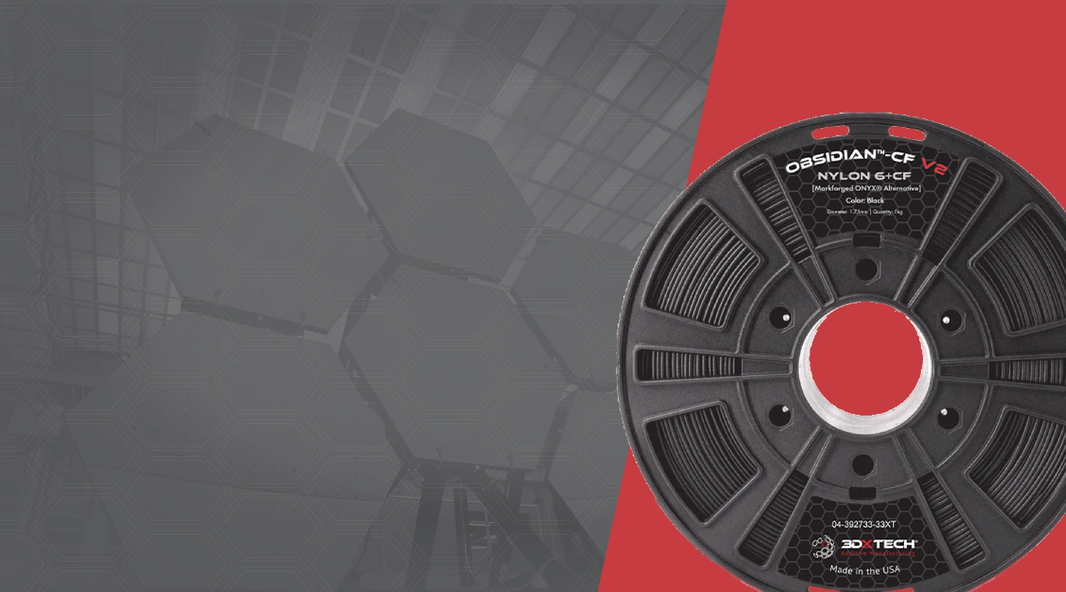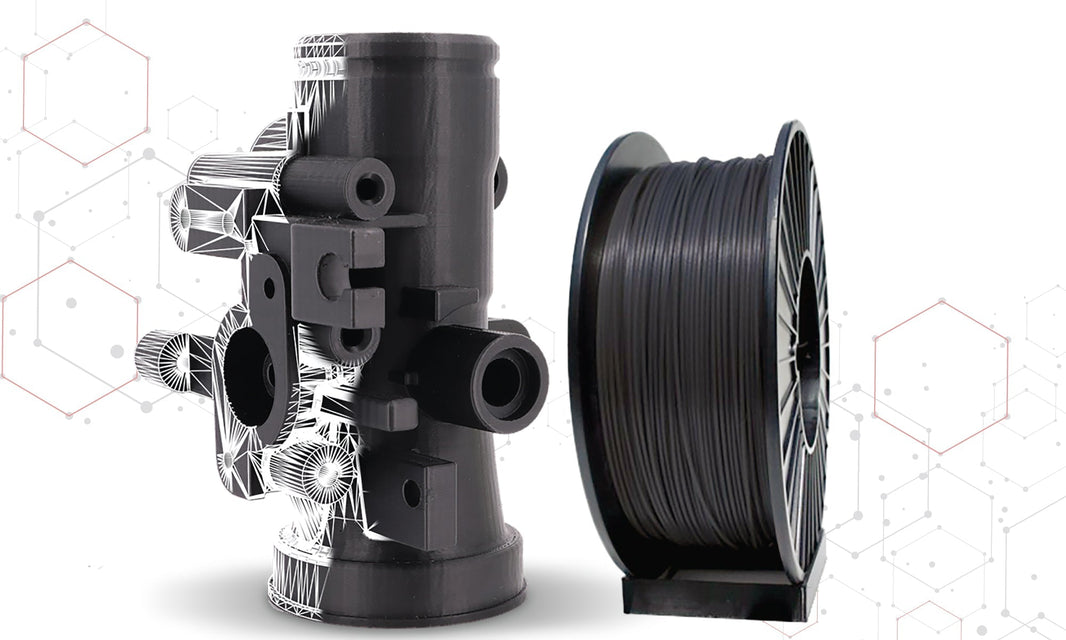PVDF Filament for 3D Printing: High-Performance Parts for Harsh Environments
Polyvinylidene fluoride (PVDF) is a high-performance thermoplastic filament that’s rapidly gaining popularity in additive manufacturing. Known for its exceptional chemical resistance, UV stability, and thermal performance, PVDF is ideal for functional prototypes, tooling, and end-use components in harsh environments where standard filaments fail.
Why PVDF is Valuable in 3D Printing
PVDF maintains its strength and dimensional stability under harsh chemical exposure, making it perfect for industries like oil & gas, chemical processing, aerospace, and industrial manufacturing. It is also highly resistant to ultraviolet (UV) radiation and some forms of radiation, which expands its use in outdoor and extreme applications. With PVDF, engineers can produce parts that are both reliable and durable.
Key Features of PVDF Filament
- Chemical Resistance: Resistant to acids, bases, solvents, and hydrocarbons.
- UV and Radiation Stability: Maintains performance in outdoor and high-radiation environments.
- High Thermal Performance: Operates at elevated temperatures without losing mechanical strength.
- Dimensional Stability: Low warping and excellent accuracy for functional parts.
- Applications: Housings, valves, fittings, end-use parts, protective components, and tooling.
Industries and Applications
- Oil & Gas: Chemical-resistant valves, fittings, and protective housings.
- Chemical Processing: Pumps, piping components, and parts exposed to corrosive chemicals.
- Aerospace: Components requiring UV resistance, chemical resistance, and dimensional stability.
- Industrial Manufacturing: Tooling, fixtures, jigs, and protective covers for machinery.
- Electronics: Enclosures and housings requiring flame retardancy and chemical resistance.
Benefits of Using PVDF Filament
- Enables functional prototypes and end-use parts in harsh chemical environments.
- Reduces lead times and costs compared to traditional machining of high-performance plastics.
- Supports additive manufacturing in industries requiring high reliability and compliance.
- Combines chemical, thermal, and UV resistance in a single material for multi-functional parts.






